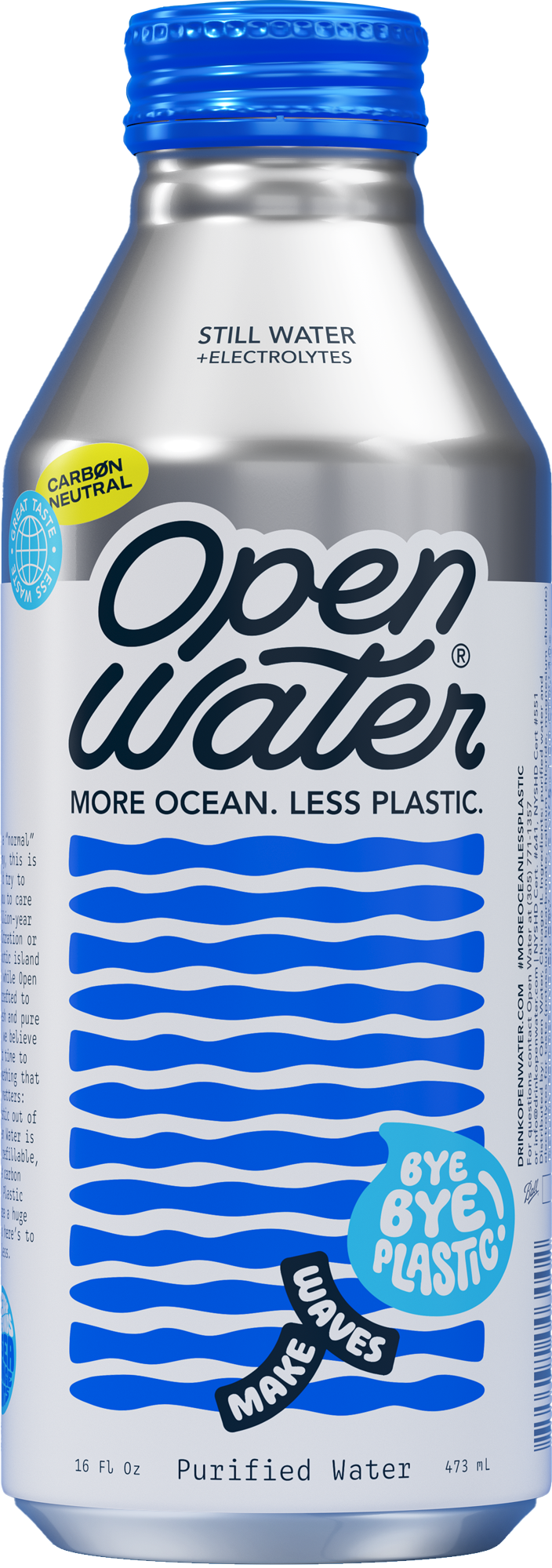Hurricanes, earthquakes, and fires. Climate change is exacerbating these extreme weather patterns. It's important to have an emergency preparation kit on hand.

Natural disasters can happen anywhere and the biggest mistake people make is thinking it won’t happen to me. In the last decade, more than 2 billion people across the world have been affected by wildfires, hurricanes, floods, tornados, tsunamis, earthquakes, heatwaves and massive storms. Studies show climate change and warmer global temperatures are increasing the frequency and severity of these catastrophic events.
Having an emergency kit full of supplies will be imperative for you and your family to survive on your own for a bit if disaster strikes. These events can cause power outages and contaminate your water supply. Experts recommend you are prepared with enough water, food, and basic household necessities to last for at least 3 days.
If you live in an area with flooding or threats of severe storms, make sure all of your emergency supplies are stored in airtight, waterproof containers. It would be terrible to go through the preparation process only to have water damage render your supplies unusable.
One of the most crucial elements to your disaster kit is emergency water. The body can go several days without water but dehydration happens quickly, making you feel sluggish. It is obviously important to remain calm and clear-headed in any emergency situation. Not to be dramatic here, but it may be the difference between life or death.
Make sure you have at least one gallon—that’s 128 fluid ounces—of emergency water per person per day for at least 3 days. For drinking water, long-term storage of standard plastic bottled water has its drawbacks. Most people store their emergency kits outside in a garage or shed, but excessive heat can cause chemicals in the plastic to leach into the water—gross!
By using canned water, you can aim avoid this kind of contamination. The aluminum packaging protects the water from UV light and allows the product to be stored in warmer temperatures (we recommend an ambient storage temperature between 33–90F). Important note: the packaging cannot be allowed to freeze.
When purchasing food for your emergency kit, there are several things to consider. Power outages could last for several days so it is important to have a large supply of non-perishable food items like canned goods and dried fruit. Having an alternative cooking source, such as a propane camping stove, will make mealtime more enjoyable and broaden the types of food you can eat.
Here’s a recap to get you started in preparing your kit:
-
Water (at least 128 fl oz per adult per day)
-
Food, 3+ days non-pershable food like bars and canned goods.
-
Battery-powered or hand crank radio and a NOAA Weather Radio with tone alert
-
Flashlight
-
Glowsticks
-
First aid kit (bandaids, antibacterial ointment, ibuprofen, gauze, and medical tape)
-
Extra batteries
-
Space blanket
-
Whistle (to signal for help). Pro tip: include 2 whistles so you can easily signal to each other from a distance if needed.
-
Dust masks
-
Plastic sheeting
-
Duct tape
-
Moist towelettes, garbage bags and plastic ties (for personal sanitation)
-
Multi Tool with pliers
-
Manual can opener (for those canned goods)
-
Cell phone with chargers and a backup battery
Again, these are the basics and the list is meant as a jumping off point to get your home and car kits ready. We strongly recommend looking over FEMA’s Ready Emergency Supply Kit checklist. Remember the needs of your family could be different from your neighbors, especially if you have young children or seniors living in your home.
If you want to buy a ready-to-go kit, some of our favs are Preppi, JUDY, and Vssl. Check ‘em out, and round out your prepper supplies.









